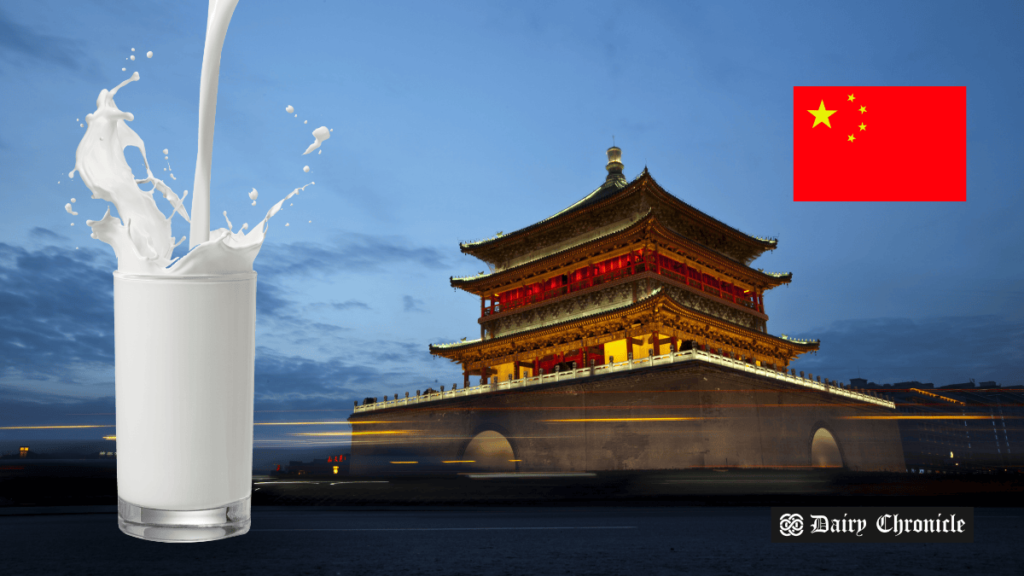China’s dairy industry faces a significant milk surplus due to declining demand linked to falling birth rates and a sluggish economy. This overproduction threatens smaller farms and impacts China’s role as a leading dairy importer.
China’s dairy industry is grappling with a significant milk surplus, driven by declining demand due to falling birth rates and a sluggish economy. This situation, a result of rapid expansion in previous years, is forcing smaller farms out of business and impacting China’s status as the world’s leading dairy importer.
Background
The surplus is an unintended consequence of Beijing’s food security strategy, which aimed to boost the domestic dairy sector. While the government promoted increased dairy consumption and expansion, high production costs and the fallout from a 2008 milk adulteration scandal have hindered export potential.
Weakening Consumer Demand
China’s slowing economy and aging population have led to decreased demand for premium dairy products, such as cheese, cream, and butter. Milk consumption per capita fell from 14.4 kg in 2021 to 12.4 kg in 2022, according to the National Bureau of Statistics. Despite this decline, milk production surged to nearly 42 million tons in 2022, surpassing Beijing’s 2025 target of 41 million tons. This overproduction has resulted in milk prices plummeting below the average production cost of 3.8 yuan ($0.54) per kg, leading to financial losses for dairy farmers nationwide.
Impact on Farmers
Many dairy farms are struggling to cope with these losses, forcing some to shut down or reduce their herd sizes by selling cattle for beef, which also faces oversupply challenges. For example, major dairy producer Modern Dairy reported a 50% reduction in its herd in the first half of 2023, resulting in a net loss of 207 million yuan ($29 million).
Imports and Exports
The decline in domestic demand is also reflected in the drop in dairy imports. From January to August 2023, imports decreased by 13% year-on-year to 1.75 million metric tons, with milk powder imports dropping by 21% to 620,000 tons. Rabobank Research forecasts a further 12% decrease in net dairy product imports in 2024, with the oversupply expected to continue affecting import volumes.
Industry Overexpansion
The rapid growth of China’s dairy sector followed a government push in 2018 for increased self-sufficiency in food production, leading to the importation of hundreds of thousands of Holstein cattle. However, this growth coincided with a significant decline in birth rates, which hit a record low of 6.39 per 1,000 people in 2023, down from 12.43 in 2017. This decline has particularly affected the demand for infant milk formula, further straining the dairy sector.
As China navigates the complexities of an oversupplied dairy market, it faces critical challenges in balancing production, consumer demand, and import levels amid an economic downturn. The interplay of high production costs and declining domestic consumption poses significant risks for the future of China’s dairy industry.



